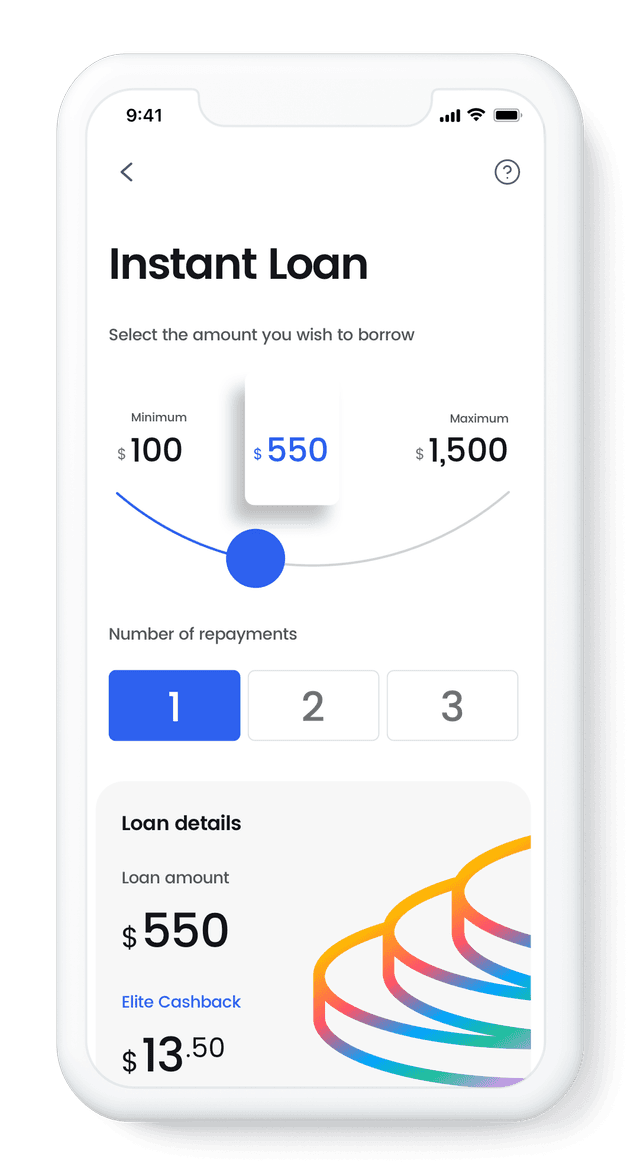If you’re over a certain age (like myself), you probably remember a time when you had to head to a bank to withdraw money, or even write a cheque, if you owed someone money or just needed to pay a bill. Fast forward to today, and things have changed drastically thanks to Interac e-Transfers.
With just a few clicks on your phone or computer, you can move money pretty much instantly now via email or text message. Whether you're splitting a bill with friends or paying someone back, it's fast, easy, and convenient, which is why so many Canadians use e-Transfers every day. But with all that convenience, it’s natural to wonder, "is e-transfer safe?"
It’s a common (and understandable) concern to have. After all, you’re technically sending money via the internet, and no one wants to risk their hard-earned cash falling into the wrong hands.
Thankfully, banks and financial institutions have taken major steps to protect these transactions with advanced security features like encryption, password protection and two-factor authentication. However, like anything online, there are still some risks, even if they’re minor.
Staying safe when it comes to e-transfers requires understanding how they work and how you can protect yourself. Keeping your information secure and knowing about potential threats like phishing scams can go a long way toward keeping yourself safe and secure.
How Does an e-Transfer Work?
An e-Transfer is short for an “electronic transfer.” it’s a simple way to send money from one bank account to another using the internet. It allows people and businesses to transfer money quickly, and even request money, without needing cash or cheques.
You really don’t need much to use e-Transfer. All you need is an email address or phone number, and you can send or receive money straight from your bank account. One of the most common platforms used in Canada is Interac e-Transfer®, which is the go-to service for millions of Canadians.
So the next question is, how does it work? Basically, when you send an e-Transfer, your bank or credit union moves the money electronically to the other person’s bank account. You just need to enter their email and/or phone number, and they’ll get a message telling them how to deposit the money into their account. The actual money doesn’t travel through email or text—these are just used to notify the recipient.
The whole point of e-Transfer is just to make it easier for people to send and receive money without the need for physical payments. Whether you’re paying rent, splitting a restaurant bill, or giving someone a gift, e-transfers are convenient, reliable, and easy to use.
Are e-Transfers Safe?
With strong security measures built into the process, e-transfers are generally considered a safe way to send money. Financial institutions use encryption, which means your information is scrambled to protect it from being stolen.
Another important safety feature is two-factor authentication (2FA). So technically, even if someone got access to your banking or financial institution details, they would still need an additional code, usually sent to your phone or email, to complete the transfer.
Now of course, even with all these safety features, you always need to be careful. For example, choosing strong passwords and never sharing the security answers with others is probably the easiest way to keep your money safe.
In the end, e-Transfers are very much a secure way to move money when used properly. While no system is completely risk-free, the safety measures in place make this type of bank transfer one of the most reliable ways to send funds electronically.
Common e-Transfer Risks to Watch Out For
Even though e-Transfers are generally safe, there are still some risks you should be aware of to protect yourself and your money. Let’s look at some of the most common scams to look out for.
Phishing Scams:
When it comes to e transfer scams, one of the most common ways criminals try to steal your information is through phishing. They may send messages pretending to be from your bank, claiming there’s an issue with your e-transfer and asking you to click a link so that you can send money without an issue. These fake links lead to scam websites that capture your banking details or security answers.
Intercepting Security Questions:
A risk with e-transfers is the use of security questions. Fraudsters may try to guess or obtain the answer to a security question to intercept the transfer. That’s why you should always try to create a personal question and security answer that only the recipient can know.
Email Account Compromise:
If your email account is hacked, scammers can intercept e-Transfers and use them to access or divert your funds. The best way to protect from this sort of attack is to have an incredibly strong password and set up 2FA.
Man-in-the-Middle Attacks:
You should never use public Wi-Fi for anything personal, especially anything related to online banking. Fraudsters can perform what’s called a "man-in-the-middle" attack, where they intercept information about your transfer over unsecured networks. Again, the best way is to just avoid using public Wi-Fi if you plan on transferring money. Use a secure VPN if you absolutely must conduct transactions over such networks.
What to Do If You Are a Victim of e-Transfer Theft or Fraud
So what happens if you find yourself a victim of e-transfer theft or fraud? The most important thing to do is to act quickly to minimize any damage and protect your finances. Here are the steps you should take right away to handle the situation.
Start by getting in touch with your bank or financial institution immediately and let them know about what happened. You may be able to ask them to freeze your account too. Most banks have procedures to handle fraud and will start an investigation to trace the transaction.
Next, even if it isn’t ideal or convenient, consider freezing your other accounts too, especially if you suspect that your personal information has been compromised. Change all your banking passwords and security questions too. If you used the same password for multiple accounts, update those too.
In Canada, you can also report e-Transfer fraud to the Canadian Anti-Fraud Centre (CAFC). Filing a report helps authorities track and prevent similar scams from happening to others. Also, be sure to keep detailed records of all the communications, including emails and phone calls, related to the fraud.
Keep an eye on your bank statements and account activity for a little while too. Sometimes fraudsters might attempt more than one attack, especially if they have access to your information.
e-Transfer Security at a Glance
Ultimately, e-Transfers are truly the fastest and most convenient way to send money, but understanding how they work and the potential risks involved is always a good idea.
It’s simply so easy to send money electronically, and all you need is an email or phone number. Platforms like Interac e-Transfer® make it so simple for anyone to transfer money anytime, anywhere, 24/7. Plus, with banks using strong security features like encryption and two-factor authentication to protect your money, e-Transfers are generally very safe.
Naturally, it’s important to stay alert to potential risks, even if they’re minimal. Phishing scams, attempts to hack emails and scouting at-risk users on public wifi are all tactics that criminals may use. Knowing about these risks means you can take steps to avoid them and stay safe.
If you do become a victim of e-transfer fraud, act immediately. Contact your financial institution right away, freeze your accounts, and change your passwords. Report the fraud to the authorities. The quicker you act, the better your chances are of stopping the fraud and recovering your money.
Always keep an eye on your bank accounts too. Banks do act as quickly as they can, but sometimes you might be able to catch something before they do, then you can contact your bank fast and get it resolved.
Stay safe, stay smart, and enjoy the benefits of fast, easy money transfers!
® Interac e-Transfer is a registered Trade-mark of Interac Corp. Corporation Used under license.
The content provided is for educational and informational purposes only.











